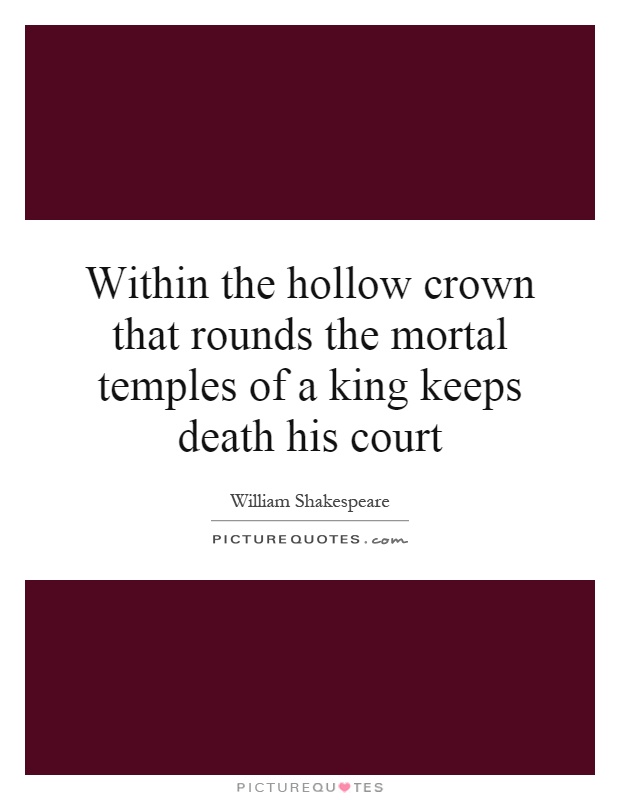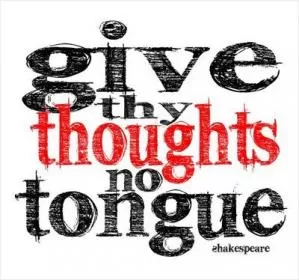Within the hollow crown that rounds the mortal temples of a king keeps death his court

Within the hollow crown that rounds the mortal temples of a king keeps death his court
The line "Within the hollow crown that rounds the mortal temples of a king keeps death his court" is a powerful and evocative image from William Shakespeare's play, Richard II. In this line, Shakespeare explores the idea of mortality and the transient nature of power and kingship.The image of the "hollow crown" suggests that the crown, a symbol of power and authority, is ultimately empty and meaningless. It is hollow because it is merely a physical object, a piece of metal or jewels, that holds no real power or significance on its own. The crown "rounds the mortal temples of a king" emphasizes the temporary nature of kingship and the fact that even the most powerful rulers are subject to death and decay.
The phrase "keeps death his court" further emphasizes the idea that death is ever-present and inevitable, even for kings and rulers. Death is personified as a king holding court within the crown, suggesting that it is death who ultimately rules over all, regardless of one's status or position in life.
This line reflects Shakespeare's recurring themes of mortality, power, and the transience of human life. Throughout his plays, Shakespeare often explores the fragility of power and the inevitability of death, reminding his audience that even the most powerful and influential figures are ultimately mortal and subject to the same fate as everyone else.












 Friendship Quotes
Friendship Quotes Love Quotes
Love Quotes Life Quotes
Life Quotes Funny Quotes
Funny Quotes Motivational Quotes
Motivational Quotes Inspirational Quotes
Inspirational Quotes